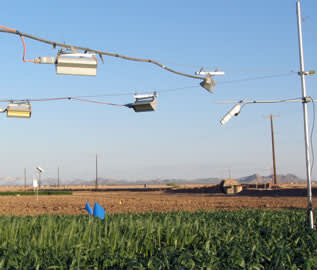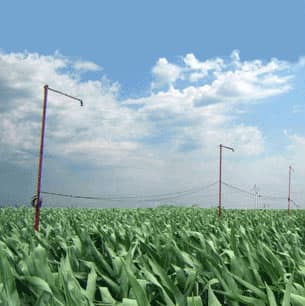|
This type of experiment applies a heating treatment to open-field plant canopies, simulating models of future warmer conditions. Dr. Bruce Kimball of the Arid-Land Agricultural Research Center and colleagues design and operate such experiments. In 2005 they developed a proportional–integrative–derivative control system for controlling the rise in temperatures. Apogee Infrared Radiometers provided the data on control and heated plot temperatures. Dr. Kimball and his colleagues have developed hexagonal arrays of infrared heaters that produce uniform warming across 3-meter-diameter plots. The degree of warming is maintained using the proportional-integrative-derivative control system for controlling the rise in temperatures. Apogee Infrared Radiometers (housed in a white PVC pipe radiation shield in the photo) sense the canopy temperatures of the heated plots as well as unheated reference plots which are used by dataloggers to modulate the output of the heaters. Similar infrared warming experimentation using this design and Apogee Infrared Radiometer sensors are also underway in Haibei, Qinghai, China; Cheyenne, WY; Ely and Cloquet, MN; Urbana, IL; Lexington, KY, and several other places around the world.
Image: Wheat warmed by infrared heaters is headed sooner in the "Hot Serial Cereal" experiment conducted by Dr. Bruce A. Kimball and colleagues at the USDA-ARS Arid-Land Agricultural Research Center and the University of Arizona at Maricopa, Arizona. |
|
30 November 2016
Temperature Free-Air Controlled Enhancement (T-FACE)
22 November 2016
Soil Oxygen Concentration
Dr. Wendy Yang’s Global Change Ecology Lab, at the University of Illinois at Urbana-Champaign, is currently using the Apogee SO-110 oxygen sensor, with the optional diffusion head, for quasi-continuous measurements of bulk soil oxygen concentration in managed and natural ecosystems. Their quasi-continuous field measurements of soil oxygen has allowed them to correlate soil oxygen concentrations with process rates and determine how soil oxygen concentrations relate to precipitation and soil temperature, which can drive high biological oxygen demand to induce anoxia. The Apogee SO-110 allows Dr. Wendy Yang’s Global Change Ecology Lab to collect long-term data sets in the field without fear of compromising the sensors under harsh conditions, due to the sensors ability to withstand cold winter temperatures and wet conditions.
Oxygen is a major control for reduction-oxidation reactions in soil and can lead to the production or consumption of methane and nitrous oxide, both potent greenhouse gases. Processes such as methanogens and nitrous oxide reduction to dinitrogen were once thought to be restricted to flooded or saturated soils such as those found in wetlands, however, Dr. Wendy Yang’s lab has documented the importance of these processes in unsaturated soils from upland ecosystems. Their measurements have allowed them to correlate soil oxygen concentration with process rates and determine how soil oxygen concentrations relate to precipitation and soil temperate, even under saturated soil conditions. They are currently investigating these relationships in agricultural fields in the Midwest to better understand how current land management and historical soil drainage patterns mediate soil greenhouse gas emissions. 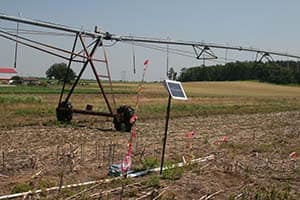 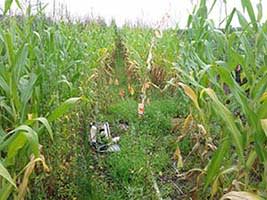 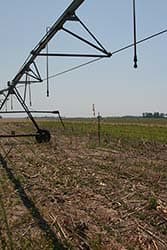 |
|
16 November 2016
Crop Water Stress Index - Case Study
|
Crop Water Stress Index is a means of irrigation scheduling and crop water stress quantification based on canopy temperature measurements and prevailing meteorological conditions. Plant temperature is an indicator of plant water status because stomates close in response to soil water depletion causing a decrease in water uptake and an increase in leaf temperature. Precise measurements, particularly canopy temperature, are required. Apogee Infrared Radiometers have been used by Dr. Suat Irmak, of the University of Nebraska, in his CWSI research. Read the full journal article Payero, J. O., S. Irmak. 2006. Variable upper and lower crop water stress index baselines for corn and soybean. Irrigation Science, 25 (1):21-32. |
|

